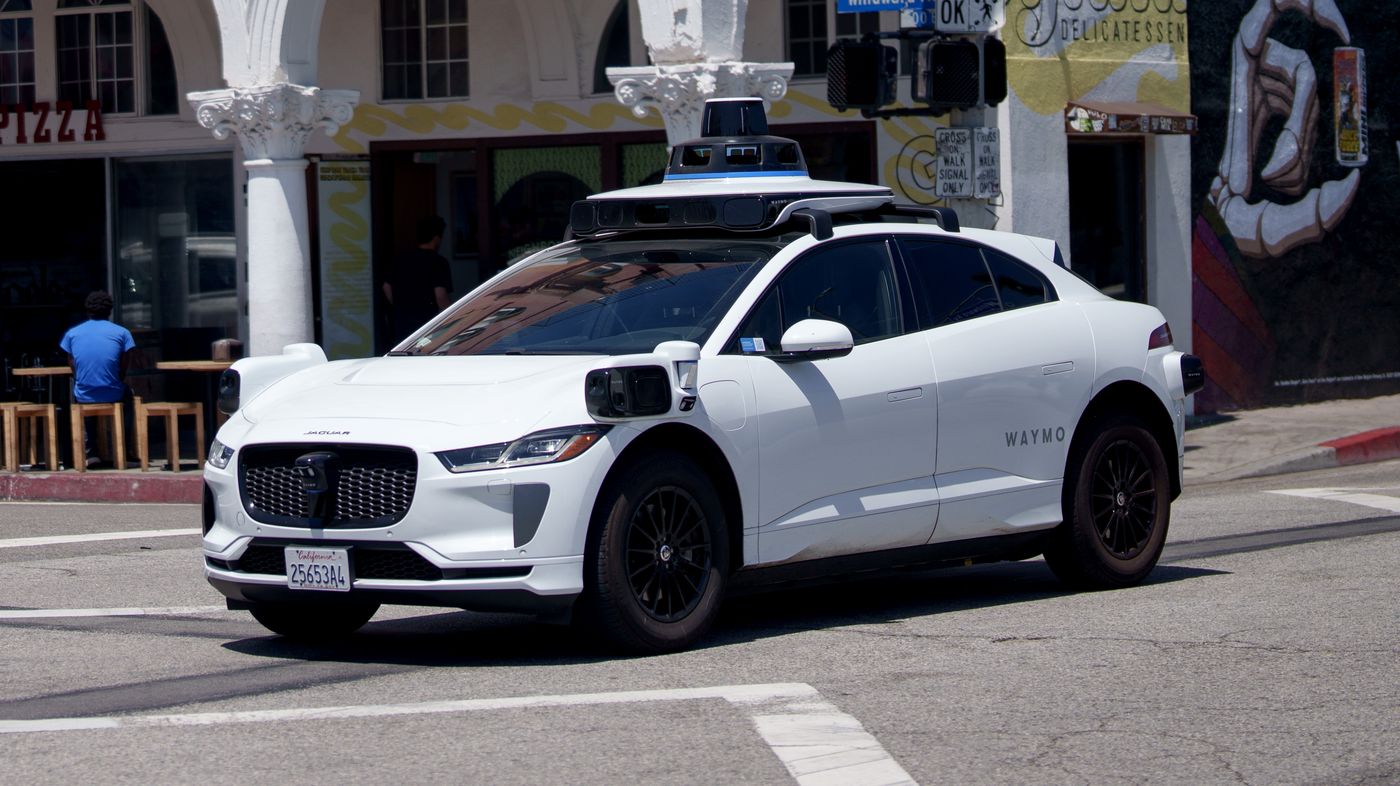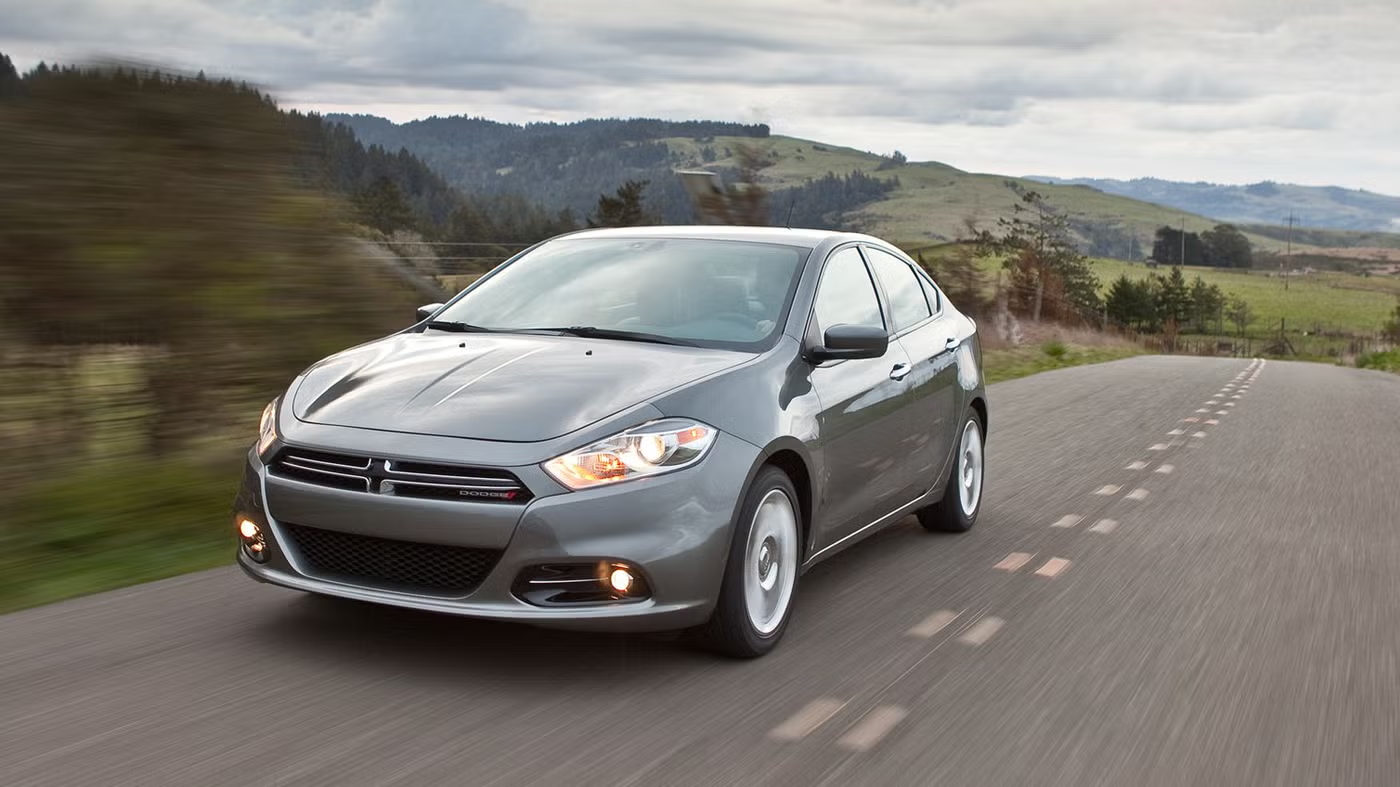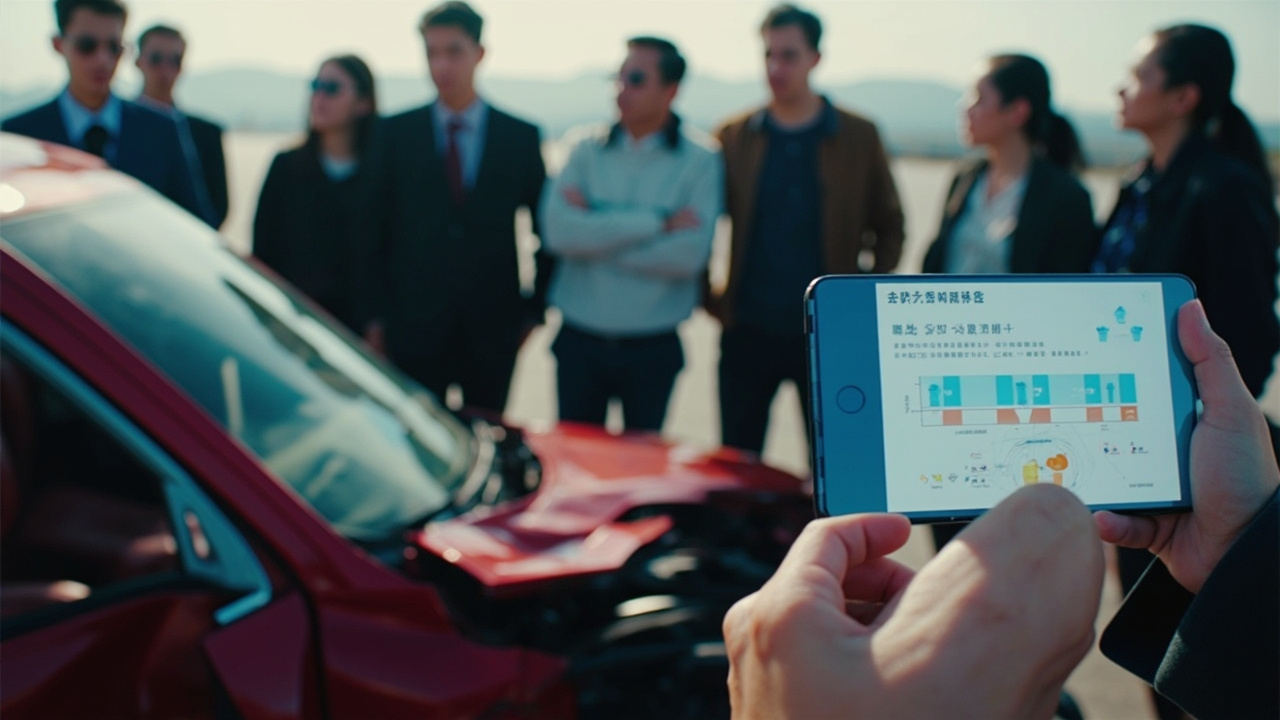Waymo Faces Federal Probe After Self-Driving Taxi Incident Involving School Bus
Safety editor tracking recalls, crash tests and regulations. Drives a Volvo V90; keeps a few child seats for testing.
The U.S. National Highway Traffic Safety Administration (NHTSA) has initiated an investigation into Waymo's self-driving vehicles following reports that one of its autonomous taxis failed to halt correctly for a school bus. This incident has raised concerns about the safety and compliance of autonomous driving systems with existing traffic regulations.
Waymo, a leading player in autonomous vehicle technology and a subsidiary of Alphabet, is under scrutiny after an incident in which one of its self-driving taxis failed to stop properly for a school bus. The school bus had its red lights flashing, stop arm extended, and crossing control arm deployed, signaling that children were disembarking. The taxi, operating without a safety driver and equipped with Waymo’s fifth-generation Automated Driving System (ADS), initially stopped beside the bus but then maneuvered around its front, passing the extended stop arm. This maneuver violated traffic safety norms designed to protect school children. The incident has prompted the NHTSA’s Office of Defects Investigation to review approximately 2,000 Waymo vehicles to assess potential systemic issues in the company’s autonomous systems.
In response to the investigation, Waymo has stated that it has already developed and implemented improvements to its systems to prevent similar incidents in the future. A company representative emphasized that Waymo prioritizes pedestrian safety, particularly that of children, in its operational protocols. The spokesperson explained that during the incident, the vehicle approached the bus from an angle that obscured the view of the flashing lights and stop sign, leading to the error. Despite this explanation, the fact that the vehicle operated without a safety driver has added to the concerns about the current readiness of fully autonomous systems for public use.
Waymo operates a substantial fleet of over 1,500 robotaxis in major U.S. cities such as Phoenix, Los Angeles, San Francisco, and Austin, with plans for future expansion into international markets like Tokyo and London. The company has been at the forefront of autonomous vehicle technology, aiming to revolutionize urban transportation. This investigation underscores the challenges that come with deploying such advanced systems in real-world environments, where they must interact seamlessly with human-driven vehicles and pedestrians under varying conditions.
The probe by federal regulators highlights the broader concerns surrounding the integration of autonomous vehicles into existing transportation infrastructures. As these technologies advance, ensuring their compliance with traffic laws and safety protocols becomes crucial. The incident involving the school bus raises questions about how autonomous systems perceive and respond to complex and dynamic traffic situations. This case may set a precedent in evaluating the effectiveness of self-driving technology and its regulatory oversight.
While Waymo has been proactive in addressing the issue by enhancing its software, the incident serves as a critical reminder of the ongoing challenges in autonomous vehicle development. It underscores the importance of rigorous testing and continuous improvement in automated systems to ensure they can safely coexist with human-driven vehicles. As the investigation unfolds, its findings could influence future regulations and the pace at which autonomous vehicles are integrated into everyday life. Stakeholders, including regulatory bodies, the public, and the tech industry, will be closely watching to see how Waymo navigates this challenge and what it means for the future of autonomous transportation.
About Nina Alvarez
Safety editor tracking recalls, crash tests and regulations. Drives a Volvo V90; keeps a few child seats for testing.



